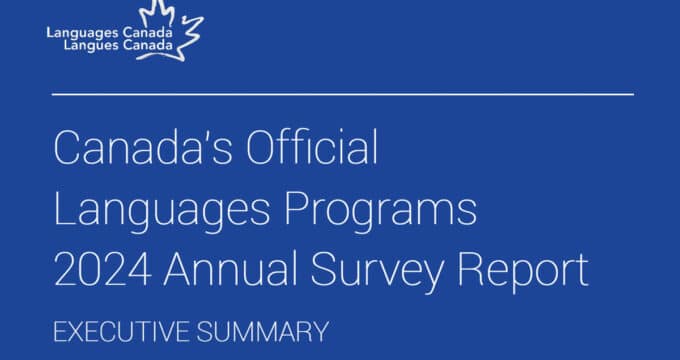Peak body calls for strategy to double Germany’s retention of international students by 2030
- Dropout rates for international students in Germany remain notably higher than for domestic students
- There are calls for expanded and improved student services, including career transition supports and German language training, in order to reduce the dropout level and boost retention of skilled graduates
- A new position paper from DAAD calls for a multi-part strategy with concrete actions from government, academia, and industry in order to boost student recruitment and retention of skilled graduates
A new position paper from the German Academic Exchange Service (DAAD) highlights the role that international education can play in addressing labour market needs, and calls for joint action by government, universities, and business in fashioning a new international recruitment and retention strategy.
DAAD notes that about 75,000 foreign students begin their higher education studies in Germany each year, about half of those in STEM subjects (science, technology, engineering, and math). Ten years after commencement, roughly a third of those students-turned-graduates are still living and working in Germany. The agency proposes a target to double that cohort of retained graduates, to roughly 50,000 per year, by 2030.
"In Germany, we have been heading towards an ever-increasing gap in skilled workers on the labour market for several years. At the same time, the Federal Republic is becoming increasingly popular as a place to study," said DAAD President Dr Joybrato Mukherjee. "We need to think about both developments together and show international students more effectively and in greater numbers the path to a professional career in Germany. They are highly qualified and well-integrated, and we should make more strategic use of their exciting potential as skilled workers in Germany. As the DAAD, we see politics, universities and industry as having a joint responsibility in this regard."
Indeed, a new labour strategy introduced by the German government in 2022 anticipates that there will be a shortage of about 240,000 skilled workers by 2026, and argues that "More immigrants must be won over for vocational training or studies in Germany and it must be made easier for them to stay after they have completed their studies. International students are particularly attractive for the German job market because they come to Germany with many skills and acquire additional skills here during their studies that are important for the German job market."
However, the DAAD paper notes in response that student success remains a major issue: "Improving the study success of international students at German universities is a key factor. The dropout rate for international students in bachelor’s and master’s degrees is still significantly higher than for German students." The authors propose that Germany's goal should be to drive international dropout rates to at least the same rates as domestic students, and set out clearly that any strategy around increased retention should be fair and balanced:
"The goal must be a win-win-win situation for the individual, the country of origin and the host country, which opens up opportunities for everyone involved: for young people who receive a university education and attractive career prospects in Germany, in the European Union or worldwide; for Germany, which attracts potential skilled workers for the domestic labor market; and for the country of origin, which benefits from networks and contacts in Germany as well as from financial and knowledge transfers and, when the graduates return later, gains internationally experienced specialists for their own economy."
The DAAD paper sets out ten recommendations for government, higher education institutions, and employers, including that:
- Government departments take steps to smooth admissions processes for German universities (including an increased reliance on digital documents and overseas assessments), simplify and streamline student visa processes, and promote fair migration policies through bilateral agreements with partner countries, especially those in the Global South.
- Universities expand student support services and also invest in improved German language training for foreign students. DAAD explains that expanded services to support graduates' transition to the job market are also key: "Universities should prepare international students specifically for entry into the German labor market and [develop expanded links with] employers to do so…International Career Centers specifically geared to the needs of international students should become the standard at German universities."
In order to double the number of retained graduates by the end of this decade, DAAD notes as well that the number of commencements will also need to increase, and that that will take an expanded recruitment effort. "The number of international first-year students must continue to grow: this requires more worldwide marketing for Germany as an excellent place to study, [and streamlined admissions and visa processes]."
For additional background, please see:


















